SIR 2025
Transplant Interventions
Scientific Session
Long Term Impact of Pre-Orthotopic Liver Transplant Transjugular Intrahepatic Portosystemic Shunt Placement on Post-Transplant Survival: A Propensity-Matched Analysis Using the United Network for Organ Sharing (UNOS) Database
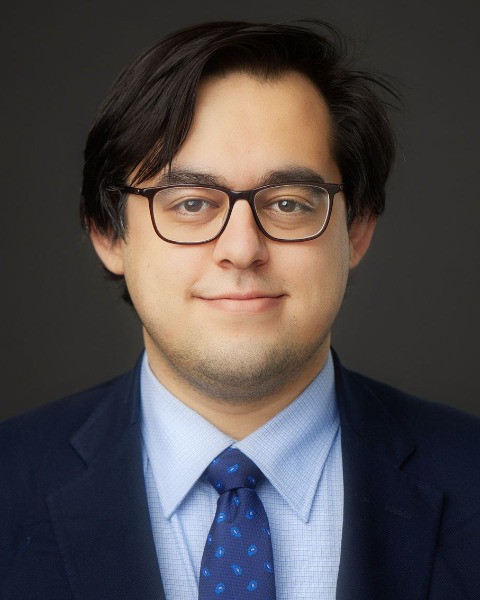
Mohammad Mirza-Aghazadeh-Attari, MD, MPH
Postdoctoral Research Fellow
Johns Hopkins University, United States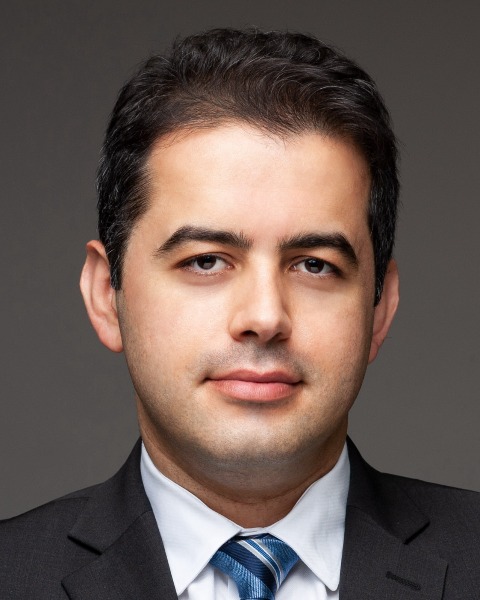
Peiman Habibollahi, MD, RPVI
Associate Professor
MD Anderson Cancer Center, United States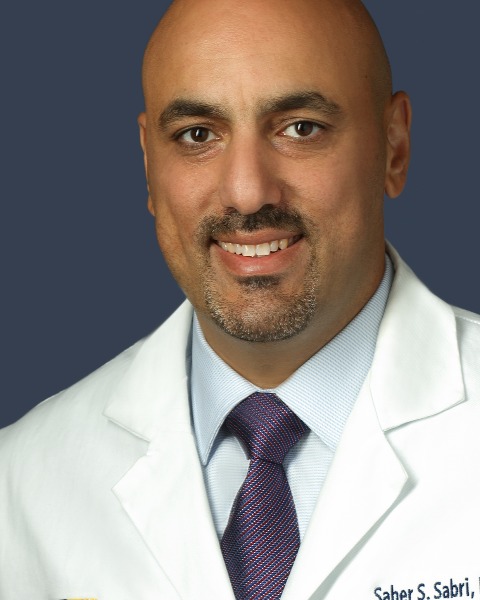
Saher Sabri, MD, FSIR
Chief of Interventional Radiology
MedStar Georgetown University Hospital, United States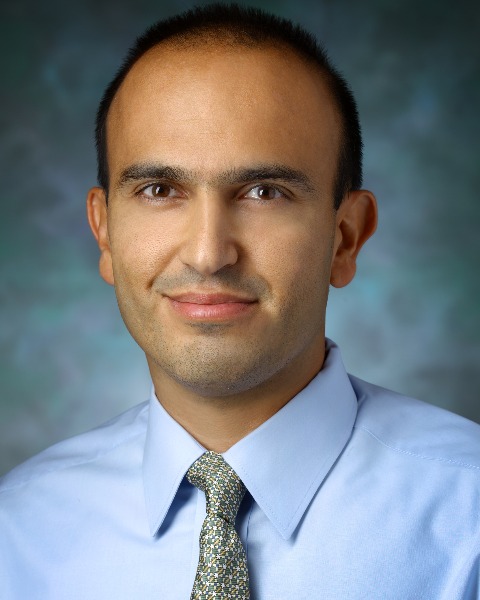
Emil I. Cohen, MD, FSIR
Associate Professor
Medstar Georgetown University Hospital, United States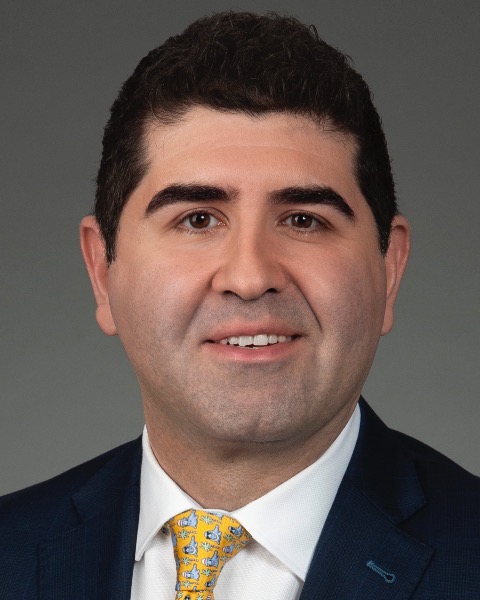
Nima Kokabi, MD
Associate Professor of Radiology
University of North Carolina - Chapel Hill, United States
Juan C. Camacho, MD (he/him/his)
Clinical Associate Professor, Vascular & Interventional Radiologist
Florida State University, Radiology Associates of Florida, United States- PR
Pejman Radkani, MD
Professor
MedStar Georgetown, United States - RS
Rohit Satoskar, MD
Associate professor
MedStar Georgetown Transplant Institute, United States - AT
Arul Thomas, MD
Attending physician
MedStar Georgetown Transplant Institute, United States 
Bill Majdalany, MD, FSIR (he/him/his)
Associate Professor
University of Vermont Medical Center, United States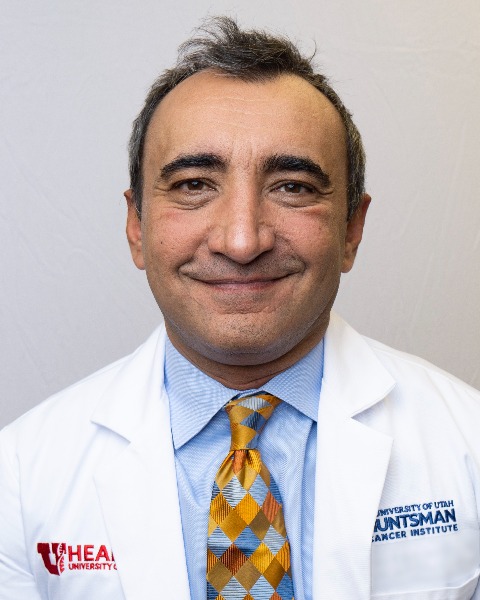
Wael Saad, MD
Senior Vascular and Interventional Radiologist
University of Utah, United States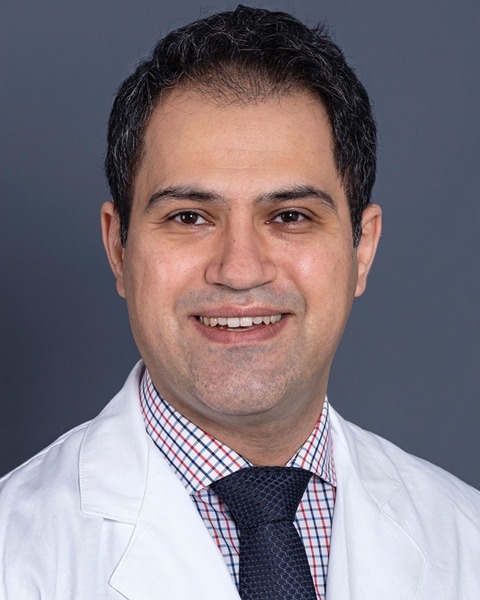
Nariman Nezami, MD (he/him/his)
Associate Professor
Georgetown University Medical Center, United States
Presenting Author(s)
Author/Co-author(s)
To determine the long-term survival effects of TIPS placement in patients undergoing orthotropic liver transplantation registered on the UNOS database, by performing a propensity-matched analysis.
Materials and Methods:
The UNOS database was retrieved on January 2024, Containing information from 1992 to 2023. Patients who underwent TIPS prior to liver transplantation were matched to non-TIPS patients using propensity score matching based on key demographic and clinical variables, including age, gender, BMI, hepatocellular carcinoma (HCC) status, and MELD/PELD scores. A total of 6,699 patients with pre-transplant TIPS and 66,140 non-TIPS patients were included, of which 5540 patients with TIPS and 61201 without had sufficient data to be included. Nearest neighbor matching (NNM) was used to match 5540 TIPS patients with those without TIPS and Inverse propensity score weighting was used to account for differences in patient selection for TIPS. A Cox proportional hazards regression model was used to assess associations between TIPS placement and survival. Outcomes after liver transplantation up to 10 years were analyzed and Kaplan-Meier survival curves were constructed to compare survival between the two groups. Statistical significance was determined using log-rank tests.
Results:
The matched analysis revealed no significant differences between the TIPS and non-TIPS groups in terms of age (mean age: 55.3 years in TIPS vs. 55.3 years in non-TIPS), gender distribution (69% male in TIPS vs. 69% in non-TIPS), BMI (mean: 28.00 in TIPS vs. 28.00 in non-TIPS), or pre-transplant MELD/PELD scores (mean: 23.3 in TIPS vs. 23.2 in non-TIPS). The propensity score distance measure equaled 0.098 in both groups. Our results showed that patients undergoing TIPS had a significantly lower survival between years 2 - 8 after transplant, with the survival rates showing less difference closing up to 10 years. The difference in survival was not significant in the first 2.5 years after transplant (HR: 1.05, CI: 0.99, 1.1), while survival was significantly lower in 5-year follow-up (HR: 1.08, CI: 1.03-1.13).
Conclusion:
Our results indicate that although TIPS may be a necessity in the management of acute complications of cirrhosis, placement in individuals undergoing liver transplantation may lead to lower survival rates in 2.5-8-year follow-ups. This could be due to hemodynamic changes that may be associated with TIPS placement. Our results are met with limitations, the most important being the retrospective registration of data and incomplete data entries, limiting the extent groups could be matched.


.jpg)